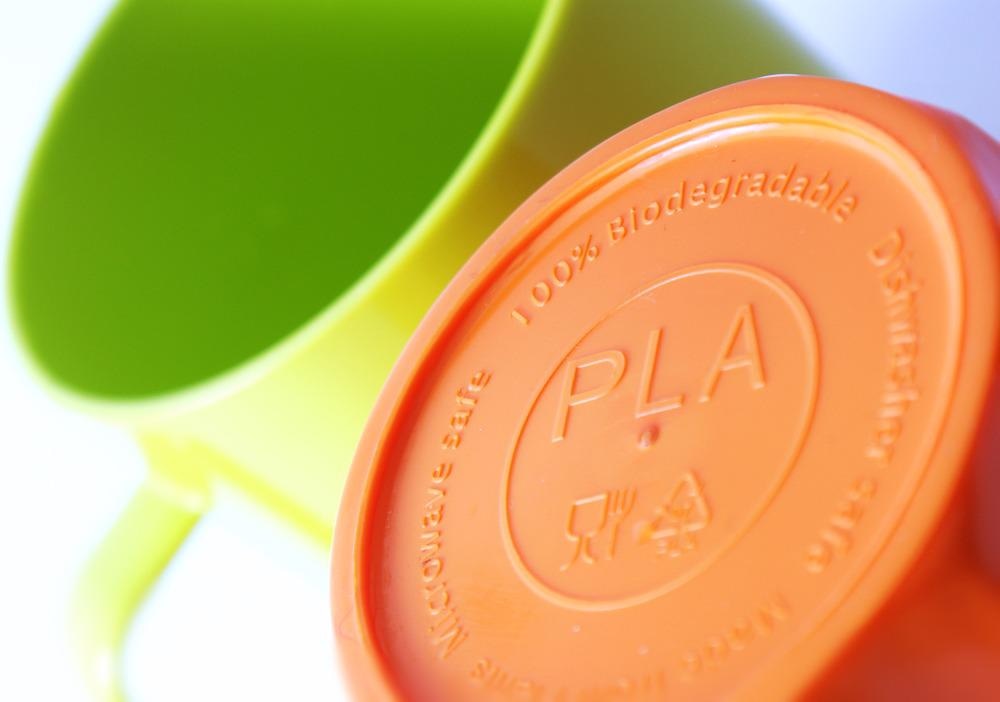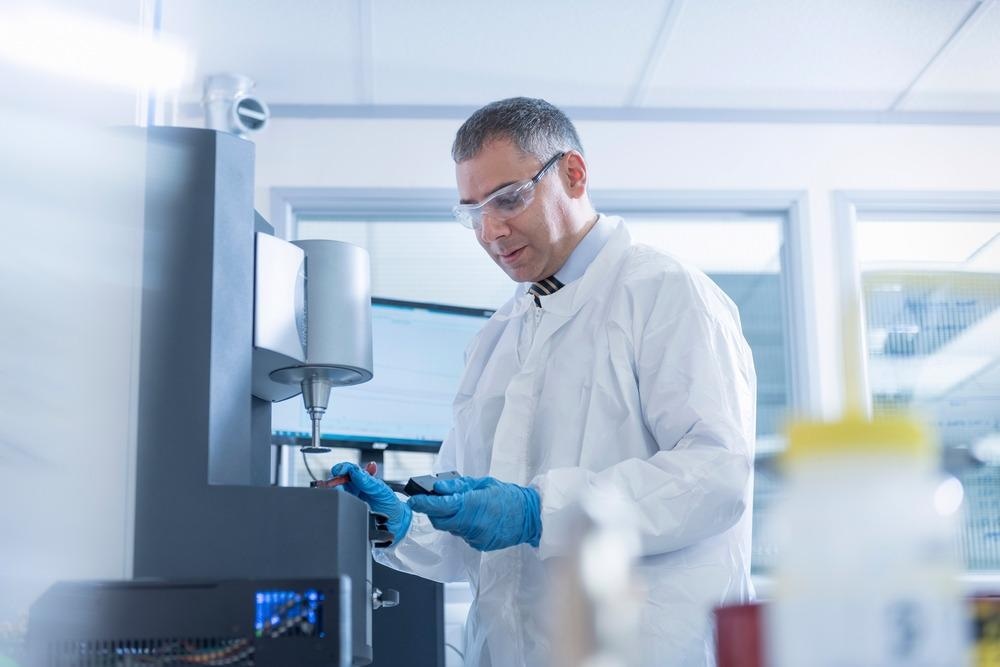While recycling programs have made significant progress in reducing the landfilling of plastic waste, large quantities of plastic are still being placed into landfills and a significant amount of plastic ends up in rivers, lakes, oceans, and other waterways, resulting in devastating effects on the environment. Polylactic acid (PLA) compares well to conventional plastics that are made from fossil fuels.

Image Credit: photokup/Shutterstock.com
In addition to recycling efforts, a more recent solution to this problem has been the development of biodegradable plastics, with one of the most popular being polylactic acid (PLA). PLA is fabricated by condensing lactic acid. This plastic material is both biodegradable and biocompatible. Because of its low toxicity, PLA is commonly used for agriculture, biomedical, and food packaging applications.
PLA compares well to conventional plastics that are made from fossil fuels. Unfortunately, PLA is inferior when it comes to durability. It can be somewhat brittle and structurally insufficient for a number of practical uses. Therefore, it is important for research to focus on improving the strength and durability of PLA, and one popular way to do that is through the addition of carbon nanomaterials such as graphene and carbon nanotubes.
When these materials are incorporated, the resulting polymers are structurally and functionally superior to corresponding polymers without these additives. This raises the prospect of significantly enhancing the strength and durability of PLA.
Investigating the Rheology of Enhanced PLA
The rheological analysis must be a critical component of material characterization for the development of PLA with graphene or carbon nanotube additives. The addition of graphene or carbon nanotubes to PLA can affect the rheological behavior of the polymer matrix in several ways, specifically by increasing values of dynamic modulus and viscosity.
As the amount of filler increases, the resulting network structure becomes more and more interconnected. Ultimately it reaches a critical point called the rheological percolation threshold. This point depends on the makeup of the filler material.

Rheology machine. Image Credit: Image Source Trading Ltd/Shutterstock.com
In general, rheological behavior can be categorized into three different groups. At the “dilute” level, the inclusion of nanomaterials only results in short-range interactions. At the ”semi-dilute” level, a loose network is formed and the result rheological behavior Is dependent on the interactions between filler materials. At the “concentrated” level, viscosity and dynamic modulus are extremely high.
Importantly, the rheological behavior of these polymer systems can reveal clues about their composition, as rheological properties are dependent upon the size, shape, and surface makeup of filler materials.
In a recent study, researchers found that PLA with carbon nanotubes or graphene additives had a more robust polymer network that translated into a higher melt strength and more nucleation sites for crystallization. These physical characteristics held the composite matrix to better tolerate bubble growth. The collapsing and coalescence of bubbles were also prevented.
The study researchers created foams made from their PLA composites. They found that these foams had superior electrical conductivity and compressive strength two similar foams without carbon nanotubes or graphene additives.
Rheological Analyses for Further Applications
Increases in strength and durability come from crosslinking within the polymer matrix. This means optimization of PLA enhanced by graphene and-or carbon nanotubes depends on the homogeneous dispersion of these materials within the matrix. This can occur while the polymer is in a liquid state as the melting of polymers is common in most conventional manufacturing processes.
Furthermore, additive manufacturing is an innovative technology that appears to be the future of manufacturing. The inclusion of carbon nanomaterials presents a number of major benefits for the 3D printing of PLA and other polymers. Key issues moving forward will be how to manage the dispersion process, interactions between materials to be printed and the qualities of finished products.
Further Reading: Plastic Alternatives: Where Are We Now?
PLA is already used extensively in 3D printing due to its ease of use and biodegradability. While the addition of graphene or carbon nanotubes could offer many benefits, their addition could also negatively affect the extrusion of material in a 3D printing process.
While there is a significant body of research on the rheological study of PLA foams with graphene and carbon nanotubes, more research could help materials scientists better understand the relationships between microstructure and performance and various production processes. experts have suggested that research should focus on the rheological behavior of nanocomposite PLA in various flow situations commonly found in today's thermoplastic fabrication processes.
If researchers were to gain a deeper understanding of how microstructure impacts the rheology of these materials, it would open the door to countless manufacturing applications. it could also increase the adoption of PLA, which would significantly reduce the amount of plastic that ends up in oceans and landfills.
Resources and Further Reading
Li, S. et al. The improved foaming behavior of PLA caused by the enhanced rheology properties and crystallization behavior via synergistic effect of carbon nanotubes and graphene. Journal of Applied Polymer Science. [Online] Available at: https://onlinelibrary.wiley.com/doi/abs/10.1002/app.51874
Sanchez-Rodriguez, C. Extruded PLA Nanocomposites Modified by Graphene Oxide and Ionic Liquid. Polymers. [Online] Available at: https://www.mdpi.com/2073-4360/13/4/655/pdf
Park, I et al. Melt Rheology and Mechanical Characteristics of Poly(Lactic Acid)/Alkylated Graphene Oxide Nanocomposite. Polymers. [Online} Available at: https://www.researchgate.net/publication/346277862_Melt_Rheology_and_Mechanical_Characteristics_of_PolyLactic_Acid
Ivannova, R. et al. eological Study of Poly(lactic) Acid Nanocomposites with Carbon Nanotubes and Graphene Additives as a Tool for Materials Characterization for 3D Printing Application. Applied Rheology. [Online] Available at: https://www.degruyter.com/document/doi/10.3933/applrheol-28-54014/pdf
Arrigo, R. et al. Rheological Behavior of Polymer/Carbon Nanotube Composites: An Overview. Materials. [Online] Available at: https://www.ncbi.nlm.nih.gov/pmc/articles/PMC7344594/
Disclaimer: The views expressed here are those of the author expressed in their private capacity and do not necessarily represent the views of AZoM.com Limited T/A AZoNetwork the owner and operator of this website. This disclaimer forms part of the Terms and conditions of use of this website.